I'm working on an IoT project based on BLE (2.4 GHz) and SoC: nRf52832, and at this point, I need to do some power consumption measurements.
After going through some previously built similar projects, most of them use expensive oscilloscopes, which I can't afford as a hobbyist. I'm looking for something under $200-250.
The maximum and minimum current that could go on the PCB is from a few mA to a few uA. As for bandwidth and sampling rate, I got some ideas after doing some search on Google.
I'm still not sure how it's related to my circuit. For example, I'm using a crystal oscillator of 32.8 MHz, so do I need bandwidth more than that? Like 40 MHz+. How is the frequency relevant to the BLE antenna circuit on the PCB?
My other concern is the current measurement as low as uA and the waveform on the oscilloscope over the time, to measure how long the battery will last.
I also found I need different probes for the current measurement to measure the same (mentioned above) under the same price, if possible. Please suggest to me some good oscilloscope/HHD.
P.S.: I have gone through all the below-mentioned question links and a video. Most of them are 5-6 years old and even more.
- Opinions on an oscilloscope suitable for hobby electronics on a budget
- Oscilloscope Bandwidth, what's it all about?
- EEVblog #451 - Rigol DS1052E vs DS2072 Oscilloscope
- What to look for in an oscilloscope?
Oscilloscope:
- 100MHz Digital Storage Oscilloscope - ADS1102C : US $439.99
- DSO Nano V2 - Pocket-Sized Digital Oscilloscope : $99.95
- Rigol DS1052E : $314.99
Edited : I need this kind of waveform with measured currrent value over the sleep cycle.
Use a Timer as a wake-up source
This is how to wake up the ESP32 that consumes the least power. Only the RTC Timer is on. It is a counter that triggers an alarm (like an alarm clock) whose period is configurable.
 Consumption of 11.5µA in timer mode powered by 4.2V
Consumption of 11.5µA in timer mode powered by 4.2V
